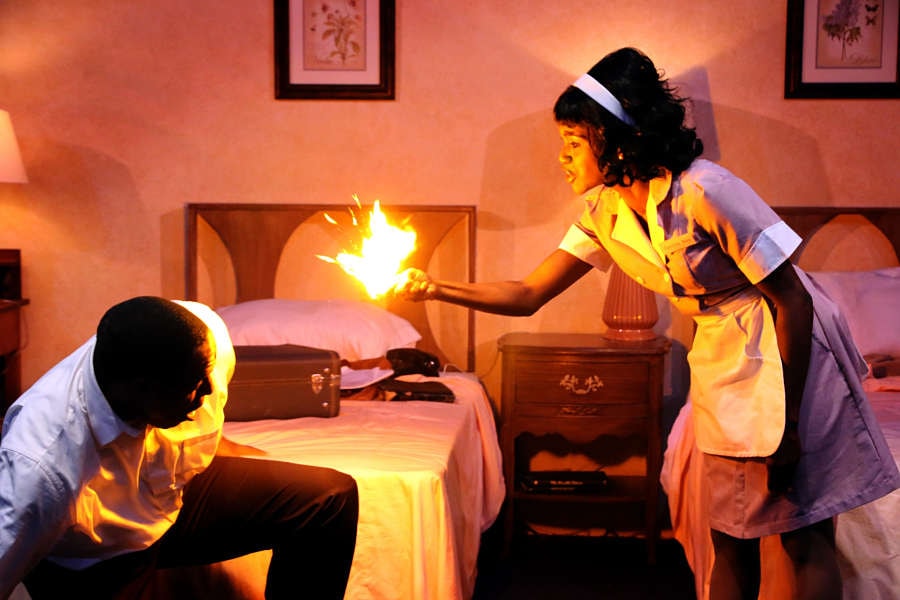FORT WORTH, TEX.: This historic outpost of the Mexican-American War is often lumped together in the national mind with its nearby sibling Dallas. But “Panther City” has its own distinctive North Texas character, and part of that is found in its vibrant and eclectic theatre scene. Fort Worth’s downtown alone boasts Amphibian Stage Productions, Stage West Productions and the Circle Theatre, not to mention the nearby Fort Worth Symphony Orchestra.
Nestled nearby on historic, cobble-stoned Main Street is Jubilee Theatre, an African-American-focused theatre with just 149 seats but big ambitions and a solid track record of local premieres. We heard from Tre Garrett, a Houston native now in his third year as the company’s artistic director.
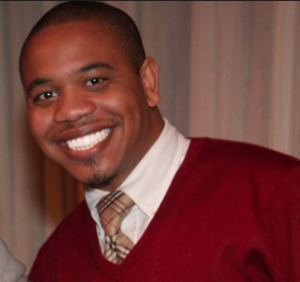 Who founded Jubilee Theatre, when, and why?
Who founded Jubilee Theatre, when, and why?
It was founded in by Rudy Eastman in 1981—ironically, the same year I was born. The mission of the theatre has always been to produce works that reflect the African-American experience. The goal was to give a voice and home to African-American theatre artists in the area, while expanding cultural awareness and tolerance. The theatre began as a gypsy theatre, performing in saloons and storefronts until the success of its early original productions garnered community support. This support assisted in giving the theatre a much-needed permanent home. Jubilee Theatre’s growing audience now enjoys a prime downtown location, brimming with locals and tourists in the heart of Fort Worth’s beautiful Sundance Square.
What sets Jubilee apart from other theatres in your region?
In its 34th Season, Jubilee Theatre is the oldest and only professional theatre in North Texas committed to producing a full season of works reflecting the African-American experience. In addition, not only did the theatre survive the sudden passing of its founder in 2005 and its transition of new leadership, but it has now become a jewel in the crown of North Texas performing arts organizations.
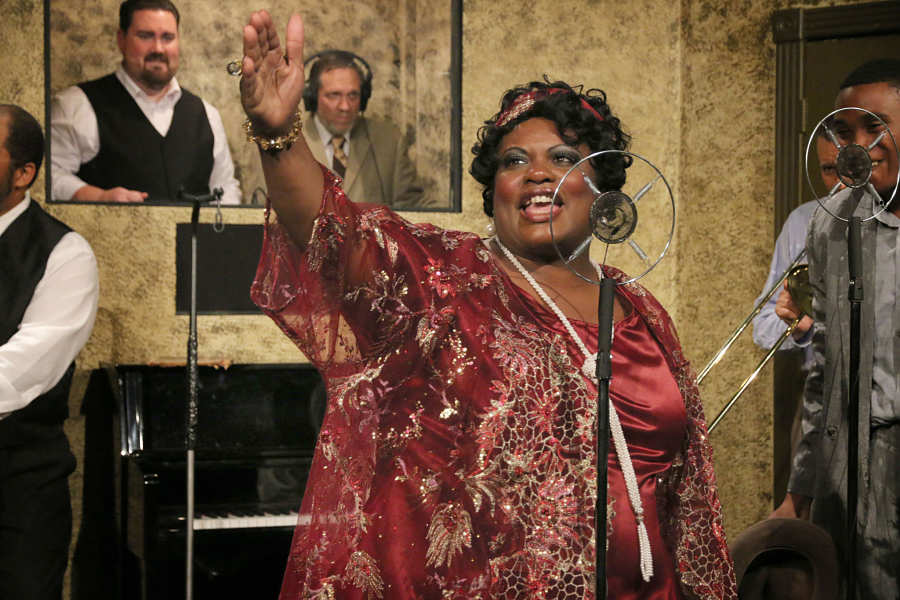
Who is your audience?
Literally everyone. The diversity of the audience is the thing that most attracted me to the artistic director position here in 2011. At any given performance you can see a true representation of the cultural and generational diversity of our community in the Jubilee Theatre audience. It still brings a smile to my face when I walk into the theatre and see audiences of black, white, Hispanic and Asian people from ages 6 to 96 sitting next to each other crying, laughing and learning together—and yes, we even have a couple of patrons that are even older than 96. I just love it!
Tell us about your favorite theatre institution other than your own, and why you admire it.
Dallas Theater Center is the major LORT Theatre in North Texas, and I admire the work of current artistic director Kevin Moriarty. Under Kevin’s leadership, DTC is a national example of a theatre committed to true diversity onstage, behind the scenes and in its creative leadership. Their seasons are risky and bold, with new works and classics, and their work in the community is impacting and admirable.
How do you pick the plays you put on your stage?
I try to choose works that speak to what’s going on in our country today. I have a focus on producing a few new works that challenge and entertain our audiences each season. I also consider what’s being produced around the country so that we stay current with the art of our time. I hope that one day soon, Jubilee Theatre becomes known as a place where theatre artists of color can come develop new works.
What’s your annual budget, and how many artists do you employ each season?
Our annual budget is just over $600,000 and we employ between 110 and 125 artists each season.
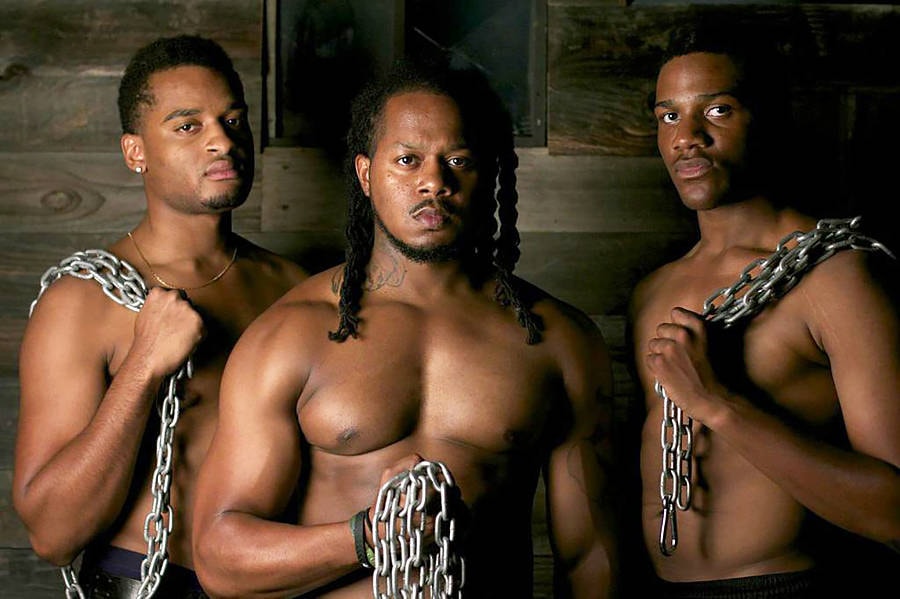
What show are you working on now? Anything else in your season that you’re especially looking forward to?
We just produced Tarell Alvin McCraney’s The Brothers Size; it received outstanding reviews. It’s also exciting to see the community embracing this challenging regional premiere. I am especially looking forward to our production of Dominique Morisseau’s Sunset Baby. It’s a new piece by an exciting new voice in the American theatre. Her work has been receiving lots of attention lately and we are excited to be the first to premiere her work in this region.
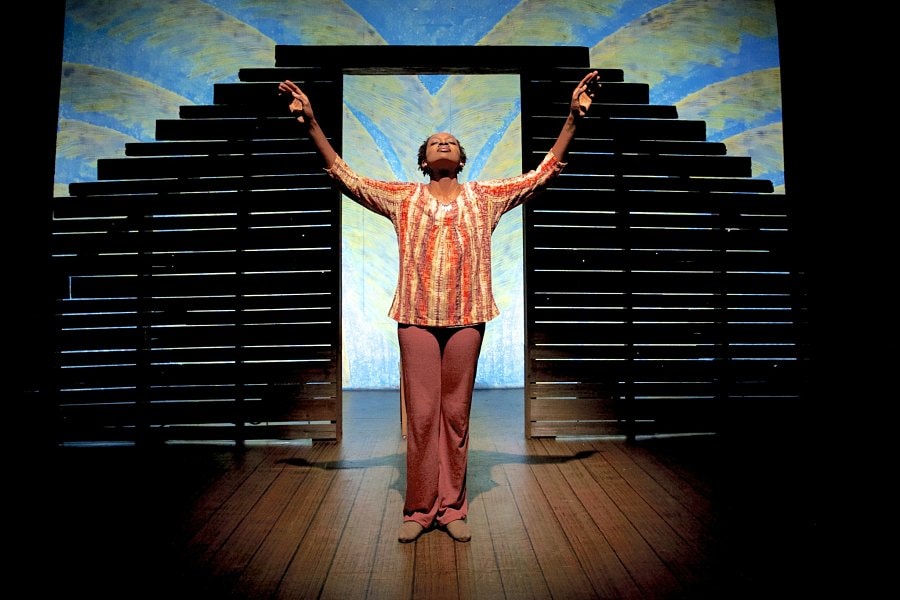
Strangest or funniest thing you’ve ever seen (or put) on your stage?
Over the past three seasons we have presented several works by playwright and actress Charlayne Woodard, including her Pretty Fire Trilogy, which created quite a following. In 2012, we produced her play Flight, a stunning piece that begins with a young boy stuck in a tree; in our production we constructed a huge tree over the audience. On several occasions, leaves and moss would fall from the moving tree as the sounds of a young boy rustling the branches were heard above, and audience members searched for the imaginary child in the massive tree above them. We had a fun time with that show.
What are you doing when you’re not doing theatre?
When I am not directing theatre or attending other theatres, I am usually out engaging my local community. I serve on several boards and city leadership committees because I find that the community will invest in you if you truly invest in the community. I am always attending events, fundraising or volunteering in my community. It keeps me terribly busy, but I love it. When I get the chance, I enjoy catching up on my favorite TV shows, like “Game of Thrones” and “Boardwalk Empire.”
What does theatre–not just your theatre, but the American or world theatre–look like in, say, 20 years?
I hope it looks like America. I hope that the American theatre will embrace the ideas, cultures and concepts of diversity that make America so great. TCG is doing a fine job of addressing this issue with its various diversity initiatives, and I hope that in 20 years, the result is an American theatre that celebrates its diversity, while creating opportunity for all kinds of voices to be heard and for stories to be told.

